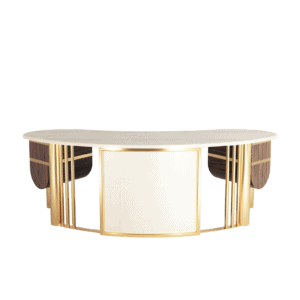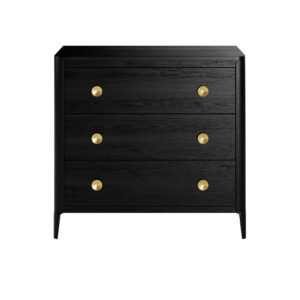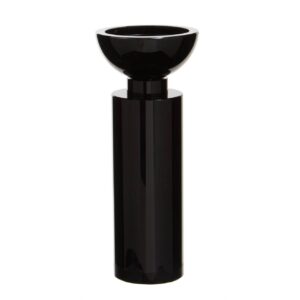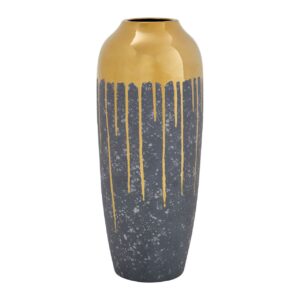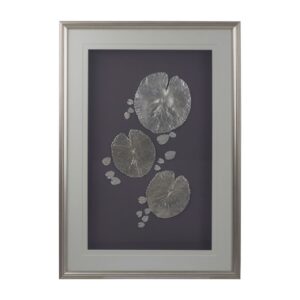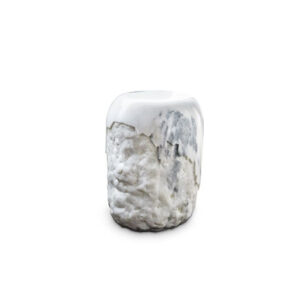Tips
MOODBOARDING 2.0: HOW TOP DESIGNERS HACK THE CREATIVE PROCESS
Unveil Luxury, Unleash Comfort – Eclectic Niche.
Digital Moodboards as the New Blueprint: How Designers Hack the Creative Process from Concept to Completion
Why Moodboarding Matters More Than Ever
Interior design is no longer just about aesthetics; it’s about conceptual storytelling. A well-crafted moodboard acts as a visual manifesto — the prelude to every great design narrative. In today’s fast-paced digital landscape, designers use digital tools not only to envision but to hack the creative process — speeding up ideation, improving communication, and translating inspiration into execution like never before.
1. Build with a Story in Mind

Designers like Nate Berkus and Kelly Wearstler don’t start with furniture — they start with feeling. They ask: what should this space evoke? Calm, curiosity, nostalgia? Then they layer in fabrics, lighting, textures, and art that speak to that mood. By rooting every choice in emotion, they ensure the final design resonates deeply. Moodboards aren’t just about matching swatches — they help designers hack the creative process by keeping the narrative focused from start to finish.
2. Use Texture & Contrast as Anchors

Think of a good design as a song — moodboarding helps arrange its rhythm. Designers now stack layers of inspiration in tools like Milanote, Canva, or Morpholio Board, allowing them to see tone (color), texture (material), and tempo (movement or pattern) come together cohesively. This visual layering becomes essential when you’re trying to hack the creative process, offering a real-time editing room for concepts before materials are sourced or space is touched.
3. AI & Tech Take Over: The Digital Design Renaissance
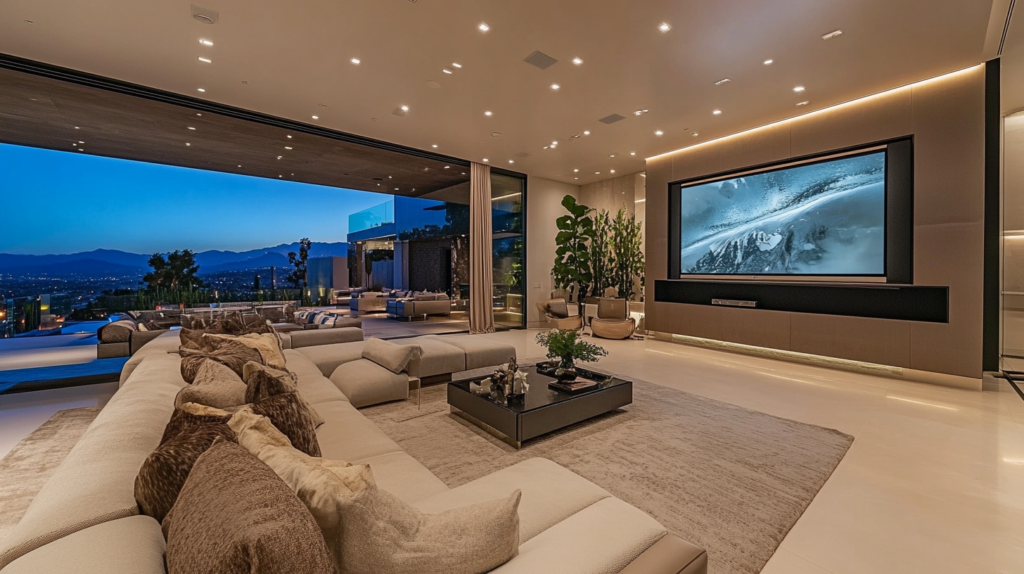
With AI tools, virtual staging, and real-time rendering, moodboarding has gone far beyond cutting out magazine clippings. Designers now import 3D models, generate AI-powered image variations, and even simulate lighting throughout the day. This is not just a time-saver — it’s a way to hack the creative process on a professional level. What used to take days can now be accomplished in hours with pixel-level precision.
Why Clients Are Hooked on Interactive Moodboards

Clients don’t just want to see samples anymore — they want to experience a space before it exists. Interactive moodboards empower them to feel like collaborators, not just recipients of a design plan. They can comment in real-time, toggle between options, and help shape the aesthetic vision.
The result? A smoother approval process, better communication, and an elevated client experience. Digital boards are also living documents — they grow with the project, allowing designers to adapt based on feedback without starting from scratch.
-
Sale!
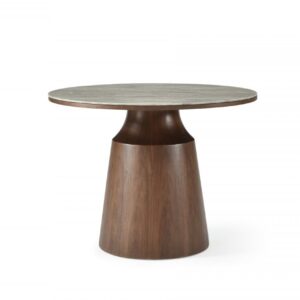
Twenty 10 Design
Willow Dining Table Round
£1,320Original price was: £1,320.£1,241Current price is: £1,241. Read more OUT OF STOCK -
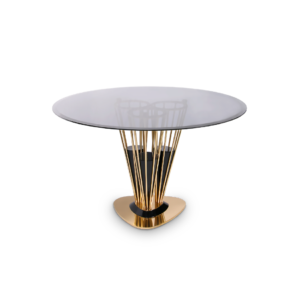
Essential Home
Winchester dining table
£6,849 Add to cart -

North West
Yley Silver Candle Holder
£84 Add to cart -
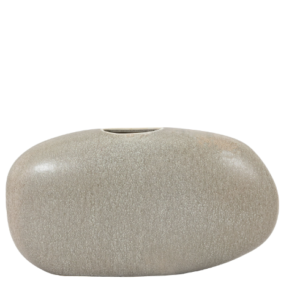
Hamilton Barnes
Yuik Pebble Vase
£64 – £84 Select options This product has multiple variants. The options may be chosen on the product page
Social Media, Branding & Beyond
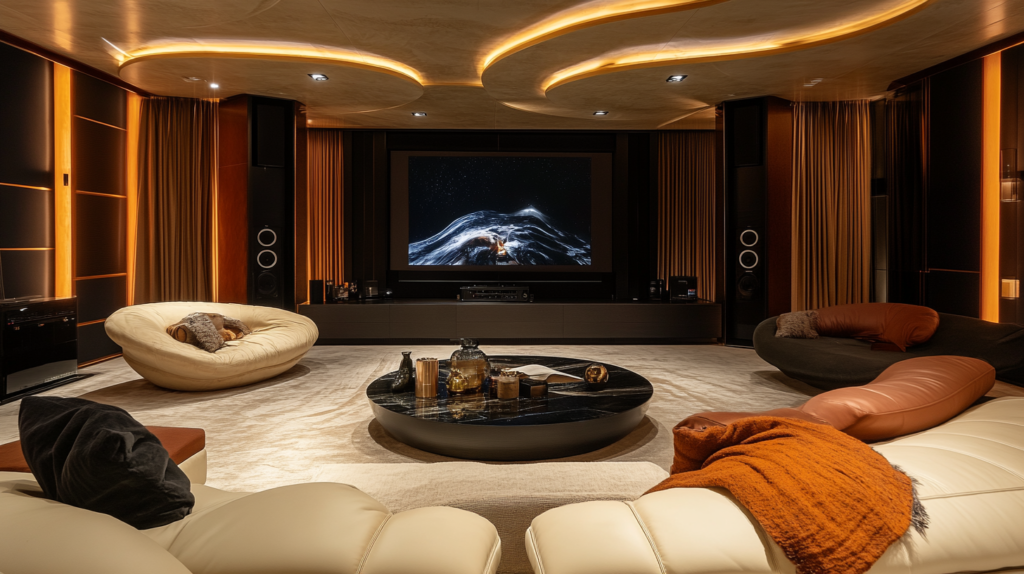
Your digital moodboard isn’t just a design tool — it’s marketing gold. Many designers repurpose their moodboards into branded Pinterest pins, Instagram carousels, and TikTok transitions. The visuals serve a dual purpose: to align internal vision and to amplify external presence.
Hashtags like #moodboardmonday and #hackcreativeprocess are gaining traction, building communities of designers who share their behind-the-scenes workflows. This transparency not only educates but also builds trust with potential clients.
-

North West
Vivar Gold Finish Metal Floor Lamp
£198 Add to cart -
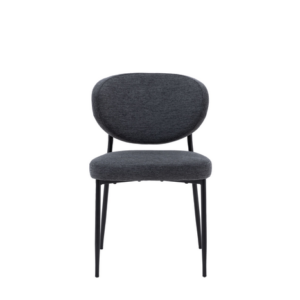
Hamilton Barnes
Vivo Dining Chair 2pk
£200 Select options This product has multiple variants. The options may be chosen on the product page -
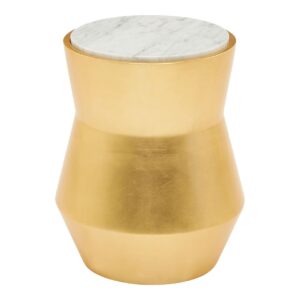
North West
Westbury Small Gold Drum Side Table
£436 Add to cart -

North West
Wings Wall Decoration – Set Of 2
£154 Add to cart
The Future Is Visual, Intuitive, and Fast

The days of clunky presentations and 12-page PDFs are fading. Moodboarding 2.0 is about fluidity, responsiveness, and co-creation. And for interior designers looking to make a mark in an industry where every pixel counts, learning how to hack the creative process is no longer optional — it’s essential.

